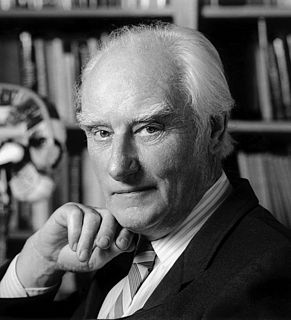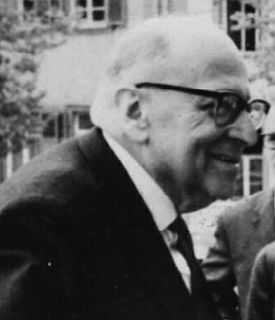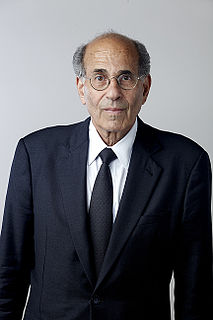A Quote by Jeffrey Kluger
Identical twins are ideal lab specimens for studying the difference between learned and inherited traits since they come from the womb preloaded with matching genetic operating systems. Any meaningful differences in their behaviors or personalities are thus likely to have been acquired, not innate.
Related Quotes
If you look across a host of measures at adoption studies, fraternal v. identical twin studies, twins-raised-apart studies, the history of early childhood intervention research, naturally-occurring experiments, differences between societies, changes over history, and so forth, you tend to come up with nature and nurture as being about equally important: maybe fifty-fifty. The glass is roughly half-full and half-empty.





































